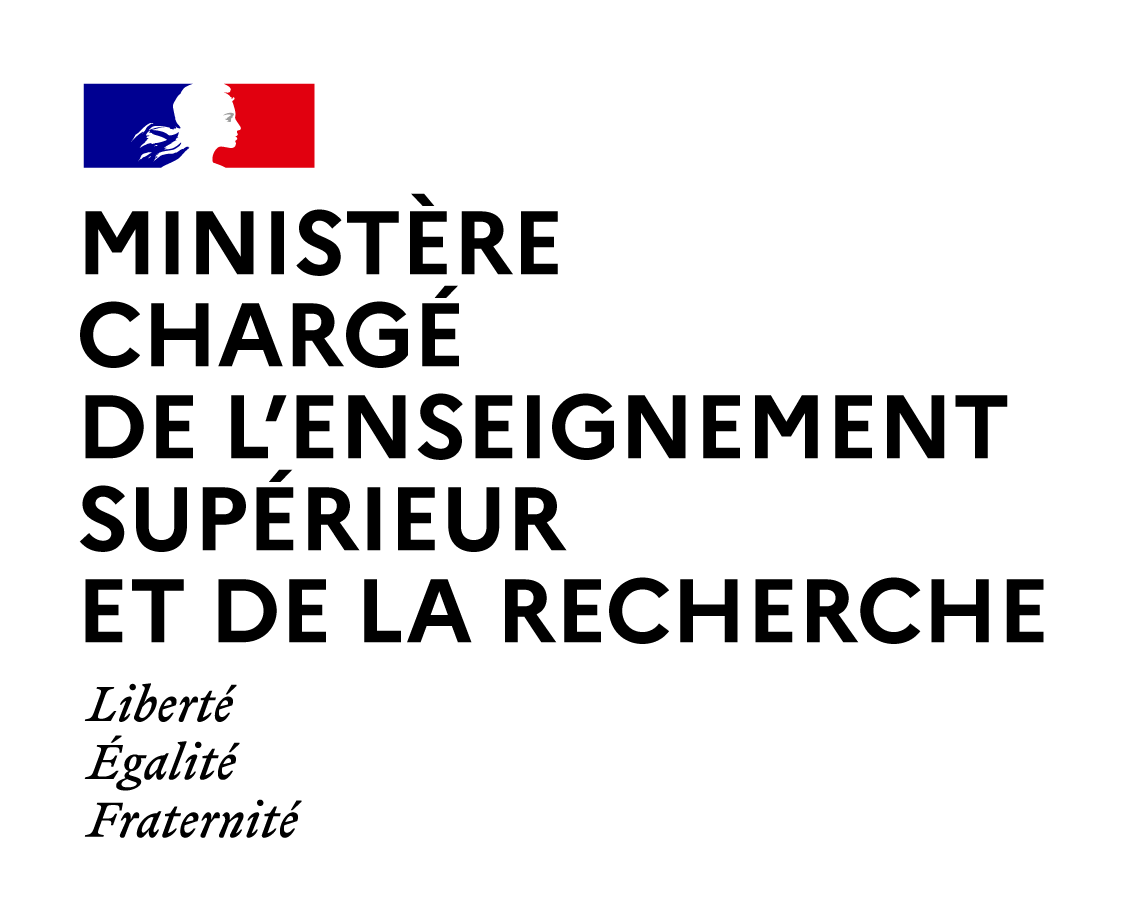
Álvaro CHAPARRO

30 ans
Postdoctoral researcher at the Casa de Velázquez
Mail: a.chaparrosainz@gmail.com
Academic background
Between 2005 and 2009, he was a doctoral student at the University of the Basque Country. He completed in 2007 and 2008 two doctoral stays at the University of Toulouse-Le Mirail and the Ecole des Hautes Etudes en Sciences Sociales in Paris. In 2010, he visited the University of Castilla La Mancha and obtained a research contract from the University of Lyon II-Light.
Current Research
He became interested in the emergence of a new intellectual elite in Spain and Europe during the eighteenth and nineteenth centuries.His doctoral research focused on the educational training of elite governmental descencientes Spanish eighteenth century, through the analysis of the Real Seminario de Vergara. Extending the comparison, it has recently been interested in other schools, such as the Real Seminario de Nobles de Madrid.
Featured publications
- Educarse para servir al Rey: El Real Seminario Patriótico de Vergara, tesis doctorales, Universidad del País Vasco, Bilbao, 2011.
- “Nuevas perspectivas para el estudio de la Real Sociedad Bascongada de los Amigos del País”, Revista de Historiografía, nº. 12, 2010, pp. 93-101.
- “Educación y reproducción social de las élites habaneras (1776-1804)”, Revista Complutense de Historia de América, nº. 36, 2010, pp. 185-207.
- “Grupos familiares ilustrados en el siglo XVIII: redes, reproducción social y educación”, en José María Imízcoz Beunza y Oihane Oliveri Korte. Economía doméstica y redes sociales, editorial Silex, Madrid, 2010, pp. 449-470.
- avec José María Imízcoz Beunza. “Los orígenes sociales de los ilustrados vascos”, en Jesús Astigarraga, María Victoria López-Cordón Cortezo, José María Urkia (Eds), Ilustración, Ilustraciones, Sociedad Estatal de Conmemoraciones Culturales, Real Sociedad Bascongada de los Amigos del País, San Sebastián, 2009, pp. 993-1027.
- "Del pupitre a la espada: el Real Seminario de Vergara, cantera de militares”, Revista de Demografía Histórica, XXVII, II, 2009, segunda época, pp. 55-82.


